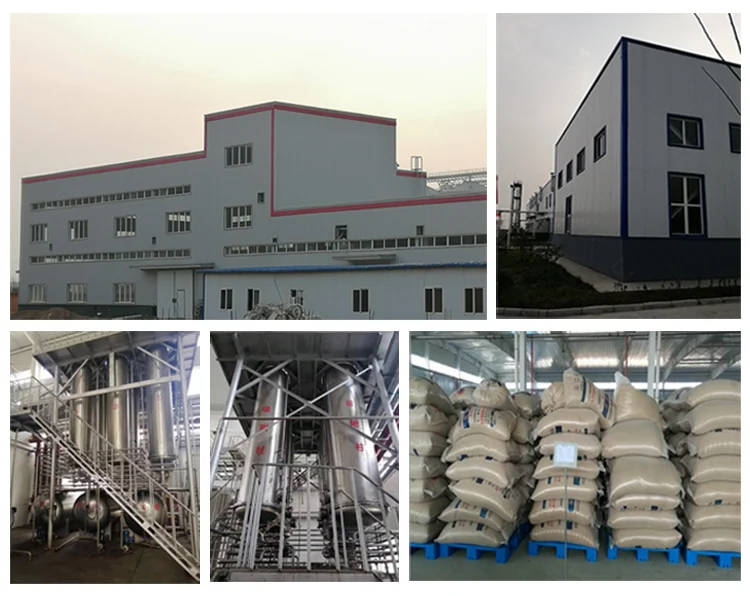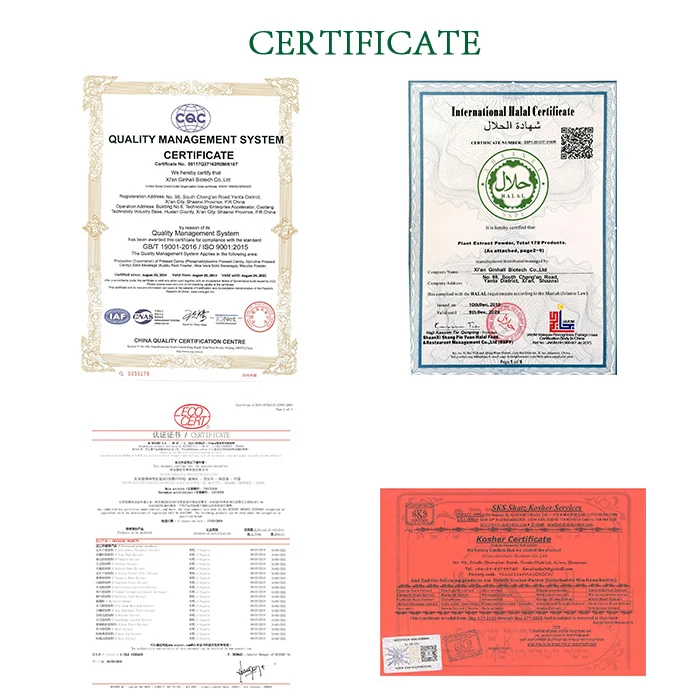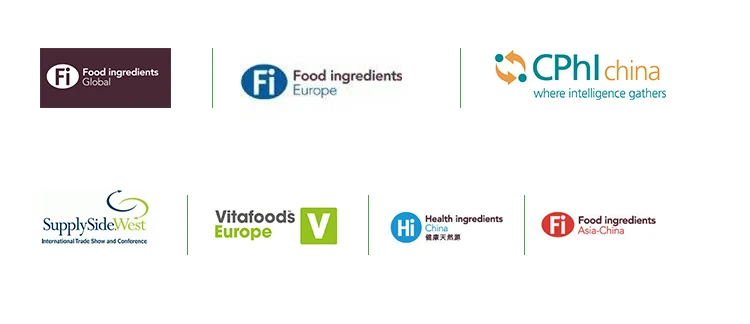
Taxifolin works as an antioxidant in the biochemistry of oxygen free radicals. The antioxidant activity of DHQ arises from its ability to donate a hydrogen atom from molecular hydroxyl groups to a free radical, and yield a resonance-stabilized phenolic radical. Also, the amphiphilicity of the DHQ is related to the ability to trap chain-initiating radicals at the interface of the membranes, preventing progression of the radical chain reaction. In addition to radical scavenging properties of DHQ in aqueous and organic environments, the antioxidant activity of molecule arise from the protection or enhancement of endogenous antioxidants, as well as its ability to chelate transition metal ions, and inhibit the propagation of the lipoxygenase reaction.
Taxifolin is an antioxidant with many interesting pharmacological effects. It can also be found in buckwheat (Fagopyrum esculentum Moench). UV radiation stimulates the activity of enzymes of the phenylpropanoid pathway and there is some evidence that it influences the rutin content in plants.
Dihydroquercetin is not mutagenic and less toxic than the related compound quercetin. It acts as a potentialchemopreventive agent by regulating genes via an ARE-dependent mechanism. Taxifolin has shown to inhibit theovarian cancer cell growth in a dose-dependent manner. There is also a strong correlation (with a correlation coefficient of 0.93) between the antiproliferative effects of dihydroquercetin (DHQ, Dihydroquercetin) derivatives on murine skin fibroblasts and human breast cancer cells.
The capacity of Dihydroquercetin to stimulate fibril formation and promote stabilization of fibrillar forms of collagencan be used in medicine. Also taxifolin inhibited the cellular melanogenesis as effectively as arbutin, one of the most widely used hypopigmenting agents in cosmetics. However, arbutin acts as quercetin extremely mutagenic,carcinogenic and toxic.
Dihydroquercetin enhanced also the efficacy of conventional antibiotics like levofloxacin and ceftazidime in vitro, which have potential for combinatory therapy of patients infected with methicillin-resistant Staphylococcus aureus(MRSA).
Dihydroquercetin, as well as many other flavonoids, has been found to act as a non-selective antagonist of the opioid receptors, albeit with somewhat weak affinity.
Product Introduction

| Product Name | Dihydroquercetin | Appearance | white |
| Botanical Source | Larch extract | Test Method | HPLC |
| Specification | 98% | Mesh | 95% pass 80 mesh |
| Application | Health Care | Shelf Life | 2 Years |
1. Dihydroquercetin can improving blood capillary elastic, anti-inflammatory.
2. Dihydroquercetin can antioxidation especially prostatic cancer.
3. Dihydroquercetin can preventing vascular disease.
4. Dihydroquercetin can maintaining vascular resistance.
Application of Dihydroquercetin
Used in cosmetic industry;
Used in nutrition industry;
Used in pharmacy.








A:Please send our inquiry to get more details.If you both make an agreement,we will make an invoice for you,just do as instructions.
Q2:Is there any discount?
A:Sure,price are closely related to the quality.Buy more save more.
Q3:How about delivery lead-time?
A:Delivery lead time :about 3-5 days after payment confirm.(Chinese holiday not included)
Q4:How long time cost with shipping?
A:3-5 days shipping time deliver to your door.
Q5:How do you avoid customs issues?
A:We have rich experience deal with customs,hundreds of parcels every moth we deliver,detailed documents and certificates will be provided to customs when goods arrive to local port.

We have more categories for you. lf you can't find the products you want above,just fill in the form and tell us whatproducts you want to import from China.


















